Imagine waking up each morning to the gentle rocking of the ocean beneath your home, stepping out onto your balcony to see vast blue waters stretching endlessly toward the horizon. This isn’t some distant fantasy anymore – it’s becoming reality faster than most people realize. While we’ve been dreaming about floating cities for decades, the convergence of climate change, technological breakthroughs, and urgent urban challenges is suddenly making them not just possible, but essential.
The Perfect Storm of Necessity

Floating cities are not just a futuristic idea. They are a logical response to the challenges we are already facing today: climate, overpopulation, and ecology. The numbers paint a startling picture that makes floating cities feel less like science fiction and more like an inevitable solution. Two out of every five people in the world live within 100 kilometers of the coast, and 90 percent of mega cities worldwide are vulnerable to rising sea levels.
The reality is even more sobering when you consider the speed at which these changes are happening. Global warming has sped up ice melt at the poles, causing oceans to rise faster than scientists predicted. Some estimates suggest sea levels could rise over a foot by 2050, and that’s a conservative forecast. For millions of people living in coastal areas, this isn’t some abstract future problem – it’s an immediate threat to their homes and livelihoods.
Engineering Marvels That Actually Float
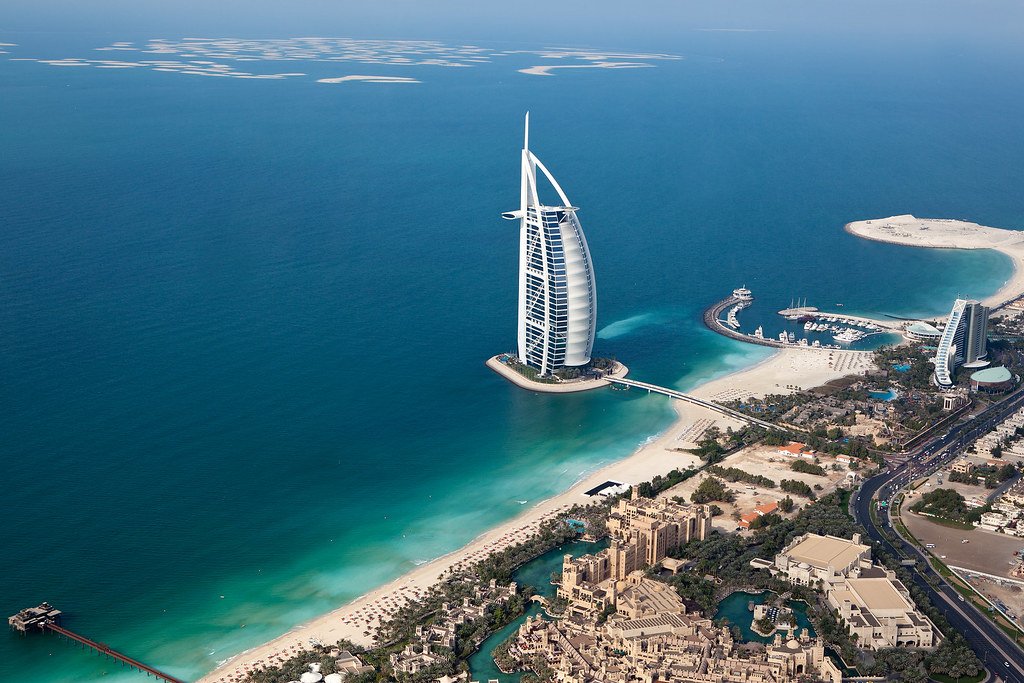
The engineering behind floating cities has come incredibly far from the crude pontoon concepts of the past. At the heart of any floating city is its foundation – a structure that ensures the city remains stable and secure on water. Unlike traditional land-based foundations, which are anchored to solid ground, floating city foundations are designed to float on the water’s surface, adapting to changes in sea level and wave patterns. One of the most common techniques used in floating city design is the pontoon structure, which consists of large, flat platforms that float on the water and provide a stable base for buildings.
Today’s floating platforms are technological marvels that would make their inventors proud. The structural design of Oceanix Busan emphasizes stability, durability, and adaptability to the marine environment. The platforms are engineered to withstand the forces of wind, waves, and currents. They incorporate advanced materials, including reinforced concrete and steel, to ensure robust and durable foundations. These aren’t just rafts with houses on top – they’re sophisticated structures that can handle everything Mother Nature throws at them.
Materials That Defy the Ocean’s Wrath

Building on water presents unique challenges that land-based construction never faces, and the materials used must be up to the task. Materials for the buildings would comprise a combination of reinforced concrete, steel, and composites, with salt-water corrosion playing a central role in the choices, according to architect and LCA founder Luca Curci. The constant battle against saltwater corrosion has driven innovation in ways that traditional construction never required.
Modern floating structures rely on cutting-edge materials science to survive harsh marine environments. Material Durability: Corrosion-resistant materials, such as stainless steel, treated wood and reinforced concrete, are essential. But it goes beyond just resistance – some of these new materials actually improve over time. Habitat regeneration: The city would use marine building materials that grow, heal, and strengthen over time. The use of locally-sourced innovative building materials would allow the structures to self-repair over time and withstand natural harsh weather conditions.
Smart Systems That Think Like Ecosystems
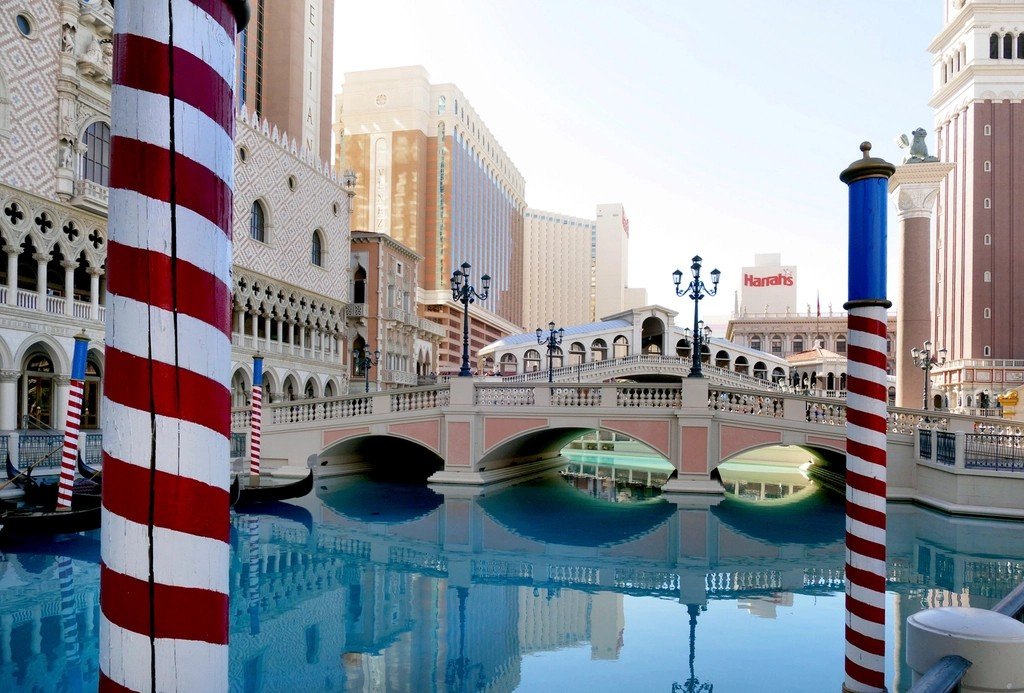
What makes modern floating cities truly remarkable isn’t just their ability to float – it’s how they function as complete ecosystems. The platforms feature six integrated systems: zero waste and circular systems, closed loop water systems, food, net zero energy, innovative mobility, and coastal habitat regeneration. These interconnected systems will generate 100% of the required operational energy on site through floating and rooftop photovoltaic panels. Similarly, each neighborhood will treat and replenish its own water, reduce and recycle resources, and provide innovative urban agriculture.
These cities aren’t just sustainable – they’re regenerative. Solar panels, wind turbines, and even tidal energy systems are integrated into the design of these waterborne cities, enabling them to generate their own clean energy. In addition to renewable energy sources, eco-friendly waste management systems and water purification technologies ensure that these communities can thrive independently. The goal isn’t just to minimize environmental impact, but to actually improve the marine ecosystems they inhabit.
Oceanix Busan: The World’s First Prototype
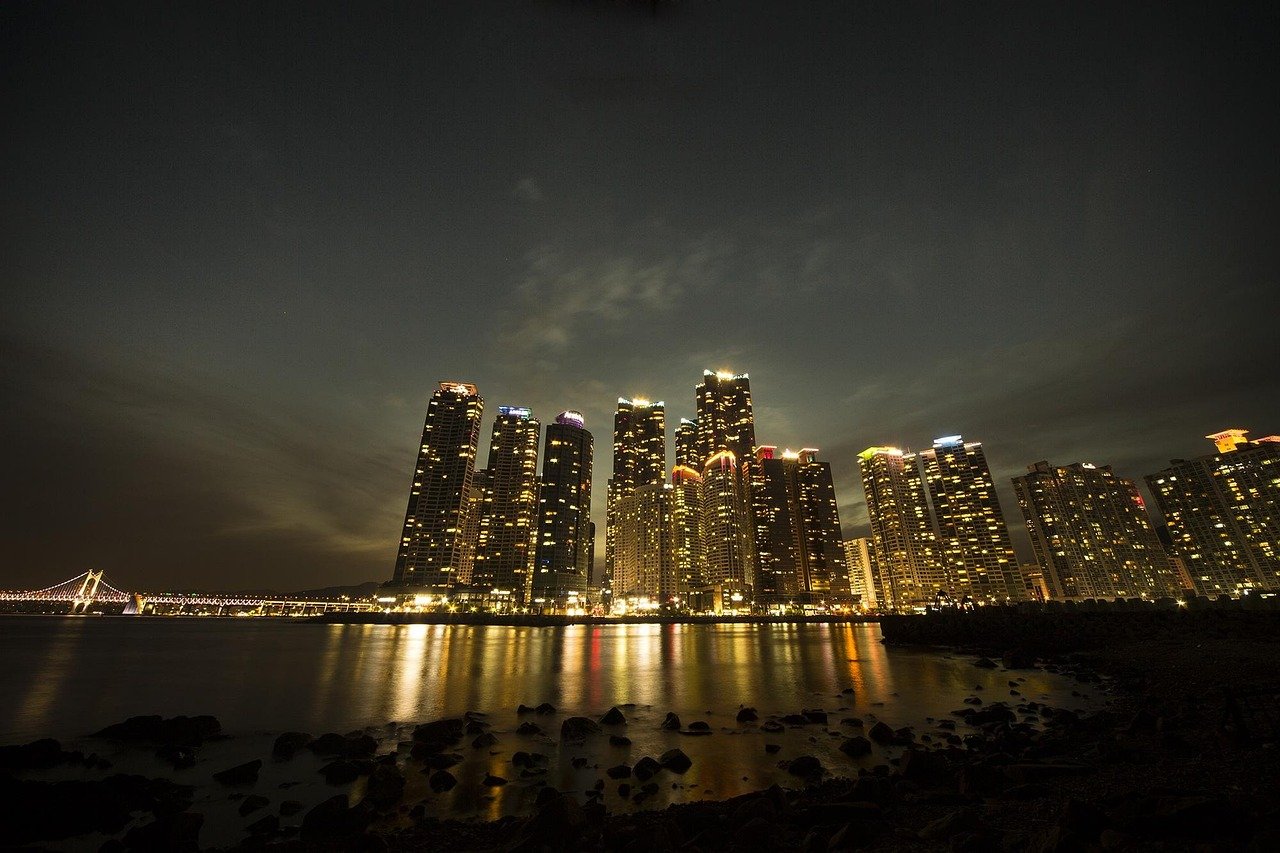
South Korea is making history with something that sounds almost too good to be true. OCEANIX Busan is the world’s first prototype for a resilient and sustainable floating community. The project was unveiled at the Second UN Roundtable on Sustainable Floating Cities at The United Nations in April 2022, following up on the inaugural Roundtable in April 2019 that revealed Oceanix City, a blueprint for future floating communities.
The scale of this project is breathtaking when you really think about it. Located off the coast of Busan, the interconnected platforms total 15.5 acres for a community of 12,000 people. Each neighborhood is designed to serve a specific purpose – living, research, and lodging. But what’s even more impressive is its potential for growth. OCEANIX Busan will organically transform and adapt over time based on the needs of Busan. Starting from a community of 12,000 residents and visitors, it has the potential to expand to accommodate more than 100,000 people.
Construction Timelines That Might Surprise You
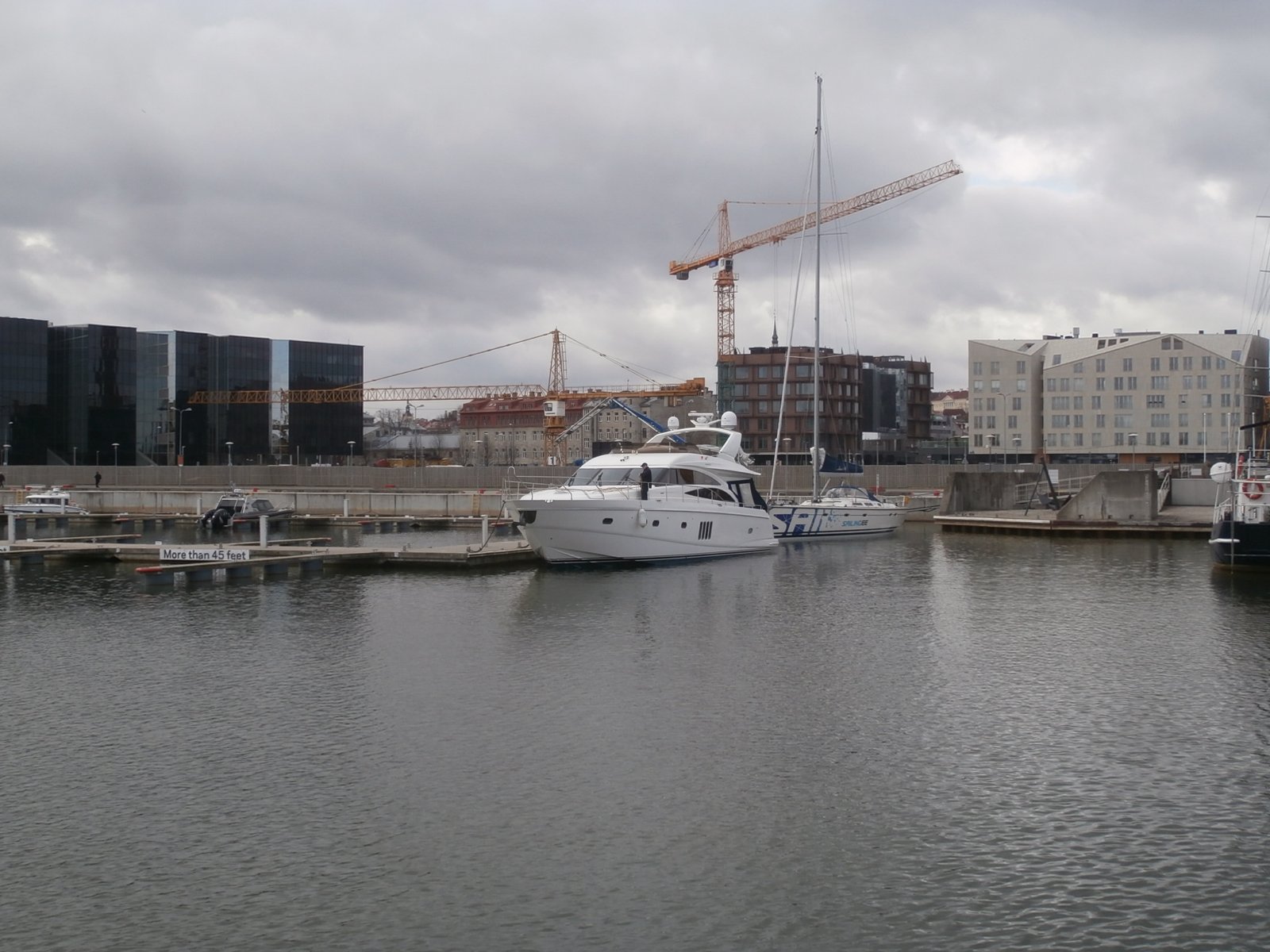
Here’s where things get really exciting – we’re not talking about some distant future timeline. Construction on the sustainable city will begin in 2023, with the first phase expected to complete by 2025. Madamombe also told BI that construction on OCEANIX Busan would take an estimated three years. It’s now set to begin in 2023, so that means the first phase could be completed by 2025, with the full project finishing by 2030 (though Quartz reports that the first segment could be in the water by 2025).
The ambitious timeline reflects how ready the technology actually is. Connected to land by bridges, the modular and interlinked floating platforms will feature low-rise buildings that include housing, a research center for maritime studies, and greenhouses for food farming, besides photovoltaic panels and integrated systems for waste treatment and water recycling. Construction of phase 1 of the masterplan, covering 6.3 hectares, is scheduled to start in 2023. When you realize that major infrastructure projects on land often take decades, the speed at which floating cities are moving from concept to reality is remarkable.
Overcoming the Engineering Nightmares
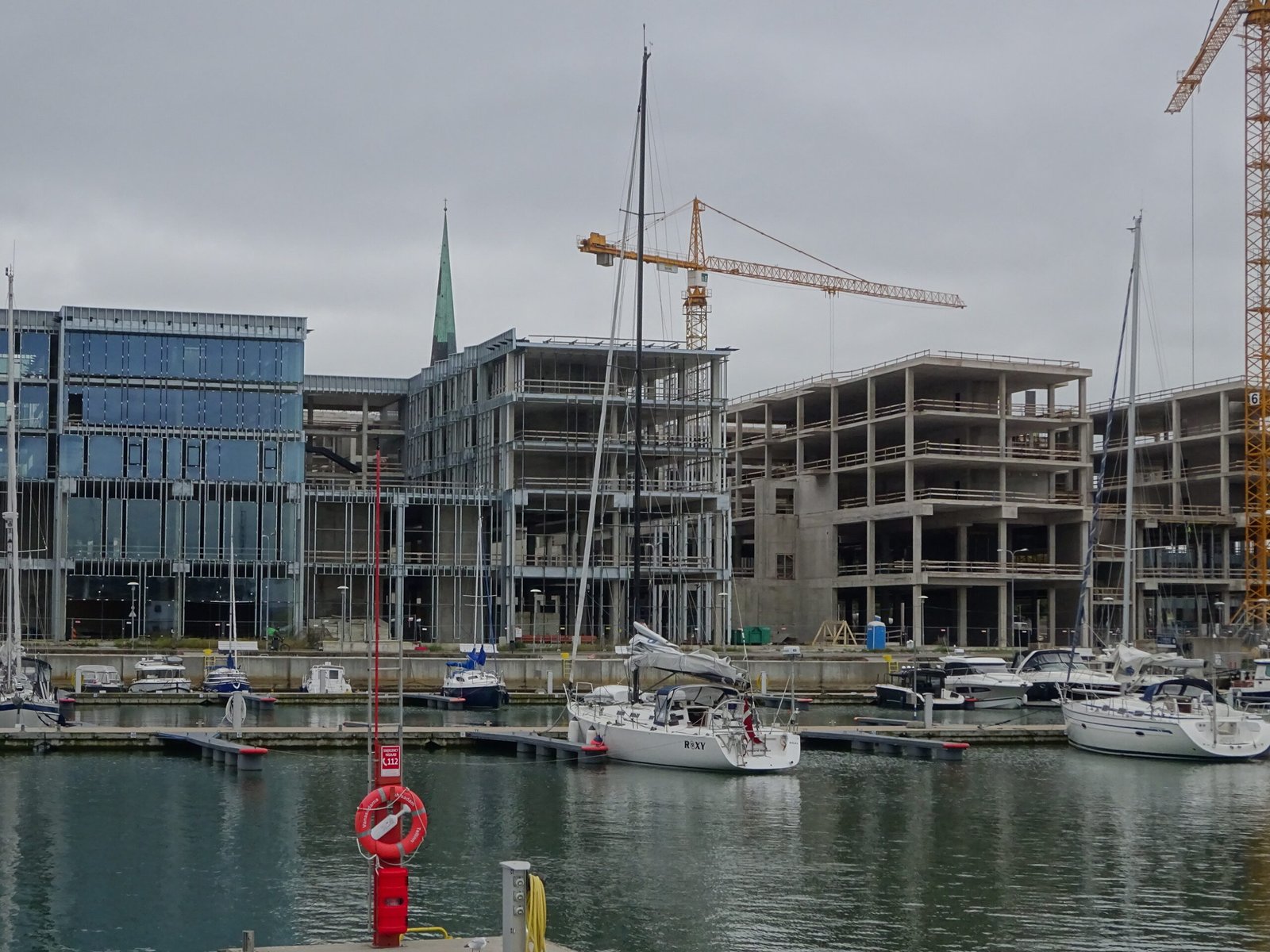
Building cities that float isn’t just about making them buoyant – it’s about creating stable, livable environments in one of the most dynamic environments on Earth. One of the biggest challenges is ensuring the stability and safety of these cities, particularly in rough seas or extreme weather conditions. Engineers must design structures that can withstand these challenges without compromising the safety and comfort of residents.
The solutions engineers have developed are ingenious in their complexity. Unlike traditional buildings, floating structures must account for constant movement, changing water levels and environmental forces such as wind and waves. This requires an entirely different engineering approach. “In floating structures, the focus is on stability, durability and flexibility,” Olthuis explained. “We must consider the movement of the water, wave impact and possible variations in water levels.” To achieve this, architects and engineers use high-density concrete platforms, advanced mooring systems and prefabricated modular construction techniques.
The Modular Revolution

One of the most brilliant aspects of modern floating city design is modularity. Modular design is a key component of floating cities. It allows for flexibility and scalability, enabling cities to grow as needed. Modular platforms can be expanded by adding more units or can be customized based on the specific needs of the community. This approach allows developers to build floating neighborhoods, commercial districts, or even recreational spaces tailored to the environment.
Think of it like giant LEGO blocks for adults, except these blocks can house hundreds of people and generate their own power. A whole living area on the water is created by connecting a series of modular platforms. Oceanix Busan in South Korea is one of the first large-scale sustainable city projects on the water. It will consist of modules, each of which will be able to support up to 300 residents. This modularity means cities can start small and grow organically, adapting to changing needs without massive reconstruction projects.
Global Projects Already Making Waves
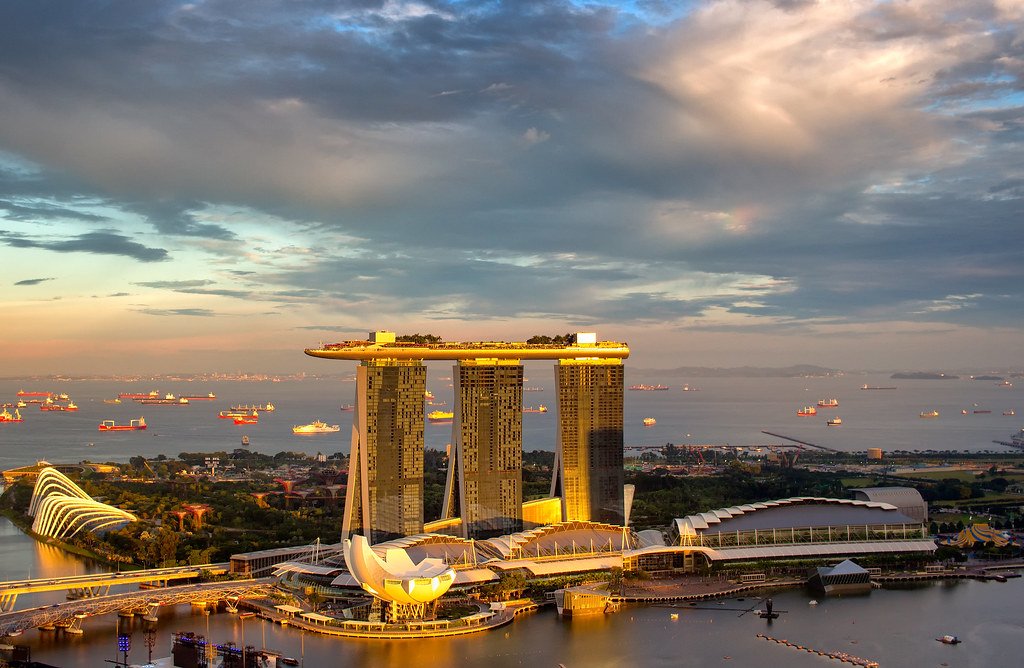
South Korea isn’t the only place where floating cities are moving from blueprint to reality. Around the world, ambitious projects are testing different approaches to water-based living. In Dubai, the Floating Seahorse Villas project has been implemented – these are real luxury villas on the water with underwater bedrooms. In the Netherlands, the Blue 21 community has been created, which develops technologies for the construction of sustainable floating platforms.
The diversity of these projects shows how adaptable floating city technology really is. To counteract the threat of rising sea levels, the Maldivian government plans to establish a floating city by 2027. It is a series of hexagonal islands, drawing inspiration from the patterns of local coral formations. Each project addresses specific local challenges while contributing to the global understanding of how these communities can work.
The Timeline Reality Check
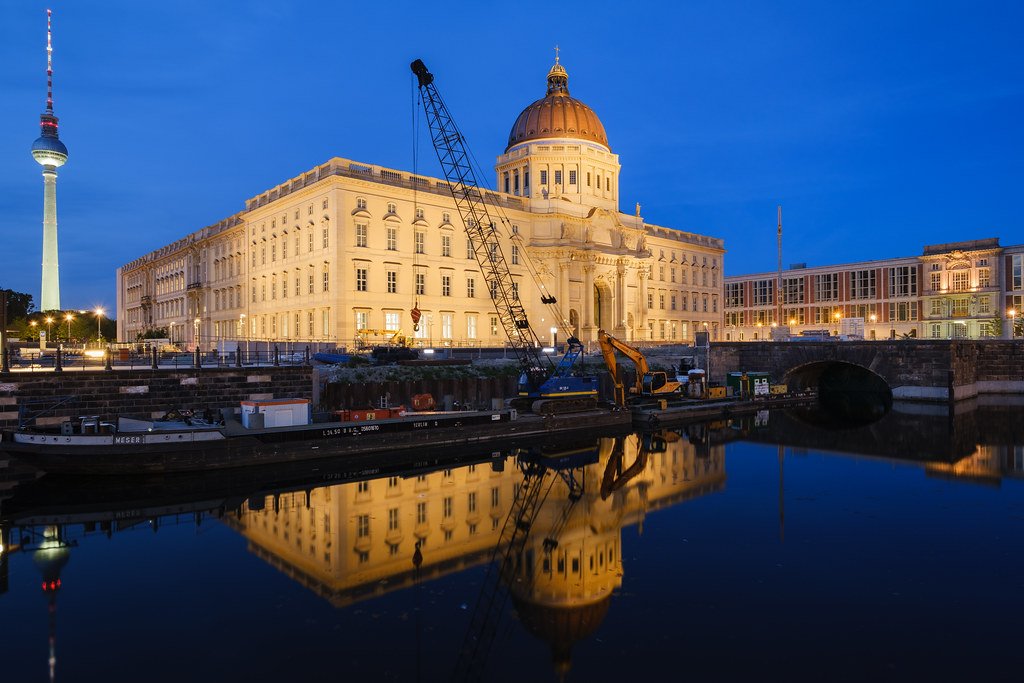
When people ask about floating cities, they often expect them to be decades away. The truth is much more immediate and exciting. Forecasts are still cautious, but many experts are talking about 2030-2050. The technologies are ready. All that remains is to create the infrastructure and legal framework.
The technology isn’t theoretical anymore – it’s being tested in real conditions right now. Now embraced by UN-Habitat and supported by new innovations, the concept is closer within reach than ever before. Only time will tell whether floating cities will turn out to be the path society chooses toward a more climate-friendly future, but for now, they continue to offer a vision of an urban future that is peaceful, prosperous, and sustainable.
The science behind floating cities has evolved from speculative concepts into engineered solutions that are already under construction. What seemed impossible just a few years ago is becoming the foundation for how coastal communities might adapt to our changing world. The question isn’t whether floating cities will become reality – it’s how quickly we can build them and where they’ll appear next.
Did you expect floating cities to be this close to reality?



